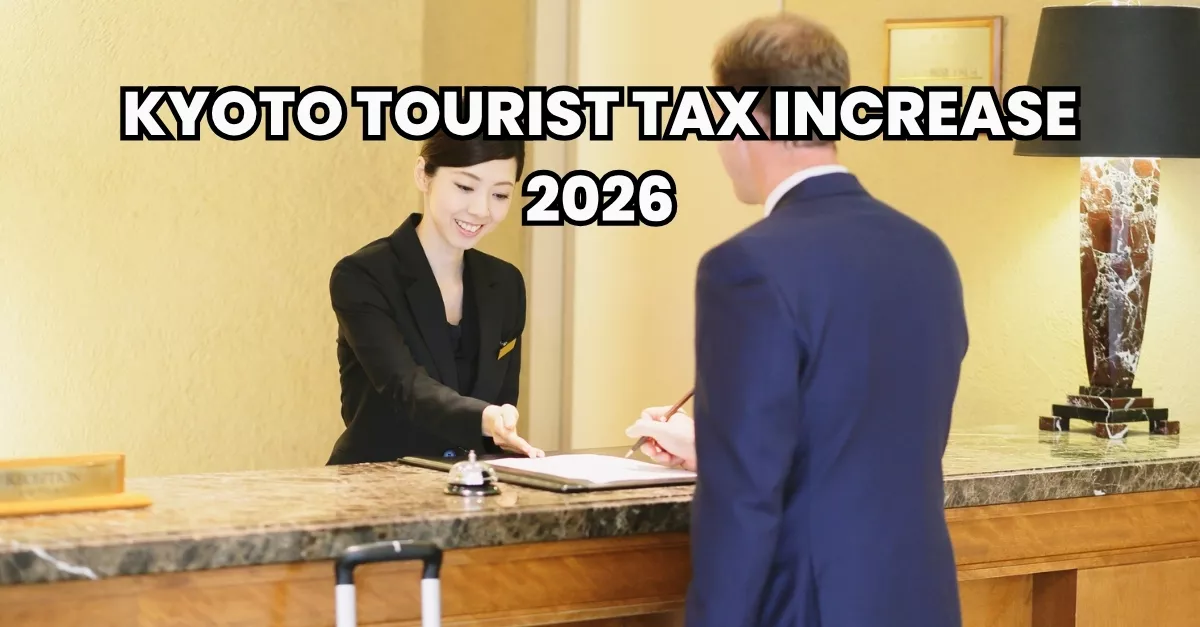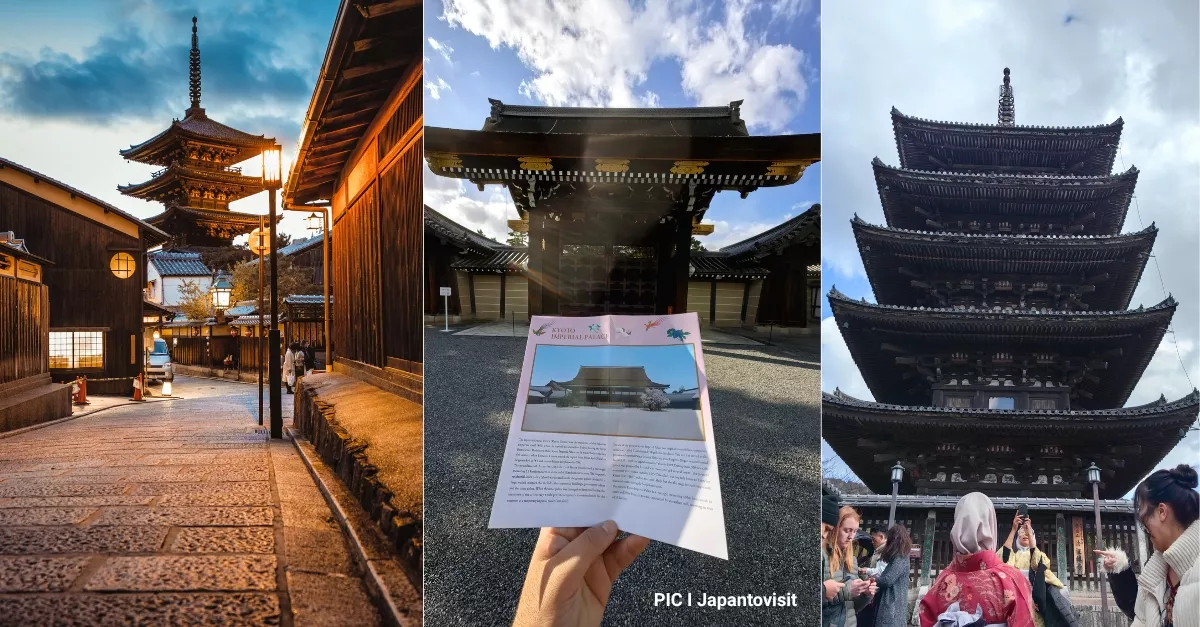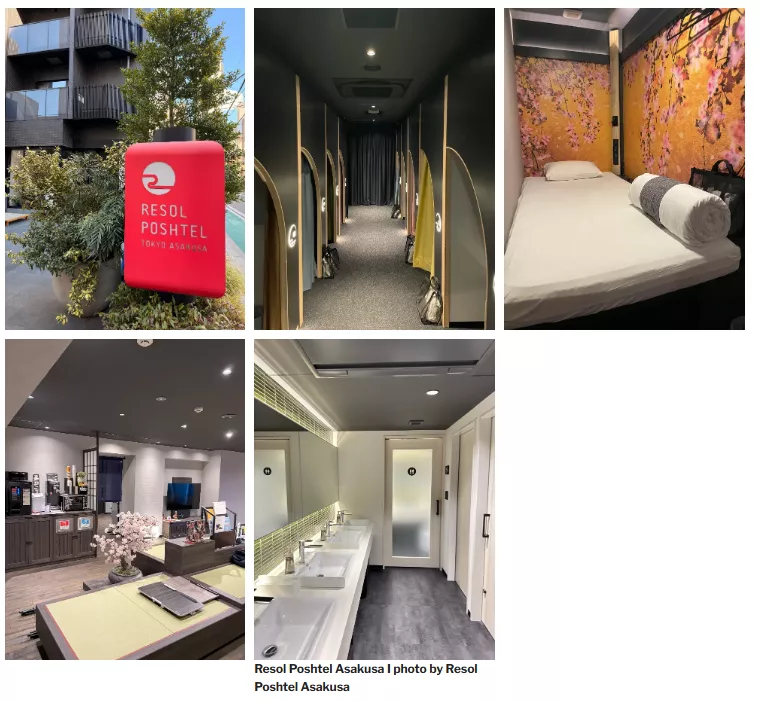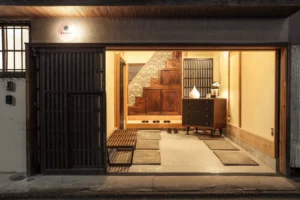Did you hear? Starting March 1, 2026, Kyoto is set to roll out its highest-ever accommodation tax to control surging visitor numbers. The Kyoto Tourist Tax Increase 2026 brings steep rises, especially for luxury stays, while aiming to protect the city’s heritage and infrastructure.

In this article, we break down what’s changing, who pays more, and what it means for travelers.
Why Kyoto Is Raising the Tax
Kyoto has struggled with overtourism for years. Narrow alleys in Gion, crowded temples, and heavy pressure on public transport and local neighborhoods prompted city leaders to act.
The new tax policy is intended to:
- Shift more tax burden to higher-budget travelers
- Generate revenue to fund heritage site maintenance, congestion control, local infrastructure
- Encourage longer stays or travel outside peak zones

Key Dates & Approval
- Kyoto City Council passed the revised tax ordinance earlier in 2025. Travel Trade Journal+2The Points Guy+2
- On October 3, 2025, the Ministry of Internal Affairs & Communications formally approved the change. Travel + Leisure+3Travel Trade Journal+3The Points Guy+3
- The new rates take effect March 1, 2026. traveldailymedia.com+4Travel Trade Journal+4The Points Guy+4
New Tax Brackets (2026)
Under the Kyoto Tourist Tax Increase 2026, the accommodation tax each guest pays will depend on the room rate. Here’s the breakdown:
| Room Rate (per night, per person) | Current Tax (pre-2026) | New Tax (from March 1, 2026) |
|---|---|---|
| Under ¥6,000 | ¥200 | ¥200 |
| ¥6,000 – < ¥20,000 | ¥200 | ¥400 |
| ¥20,000 – < ¥50,000 | ¥500 | ¥1,000 |
| ¥50,000 – < ¥100,000 | ¥1,000 | ¥4,000 |
| ¥100,000 or more | ¥1,000 | ¥10,000 |
- Luxury stays (over ¥100,000) face a tenfold jump from ¥1,000 to ¥10,000.
- The mid-high bracket jumps from ¥1,000 to ¥4,000.
- Budget and lower-mid stays see modest rises or remain the same for the lowest tier.
This structure means that lower-cost accommodations are less impacted, while luxury travelers will shoulder the bulk of the increase.
Financial Impact & Revenue Goals
- With these changes, Kyoto expects tax revenue to more than double, reaching around ¥12.6 billion annually. Noire+3Travel + Leisure+3
- The elevated rates are intended to pay for improved infrastructure, crowd-management systems, better maintenance of cultural sites, and enhancements in public services.
- One report notes Kyoto’s existing tax revenue was about ¥5.91 billion; the new rates will push it much higher.
What It Means for Travelers
Who Pays More
- Guests staying in high-end hotels, luxury ryokan, or premium suites will see the biggest increases.
- Visitors staying in mid-range rooms will see modest adjustments (¥500 → ¥1,000).
- Budget stays under ¥6,000 are preserved at the same tax (¥200), so low-cost travelers are somewhat shielded.
Booking & Award Stays
- The tax will typically be levied at checkout, not included in listed room rates.
- Some hotels may apply it even to stays booked via points, based on the published cash value of the room.

Travel Planning Tips
- For big savings, consider staying outside Kyoto, e.g., in Osaka or Nara, and doing day trips.
- Visit Kyoto off-peak seasons when overall rates are lower.
- For luxury stays, check whether the hotel absorbs or passes the tax directly to guests.
- Use the tax hike as an incentive to stay longer or explore less-visited neighborhoods.
Comparison with Other Cities & Context
- This new tax will make Kyoto’s lodging tax among the highest in Japan.
- It follows a global trend of “visitor pays” policies in cities battling overtourism (e.g. Venice, Barcelona).
- Kyoto’s approach is more tiered than flat tourist taxes — it aims to assign greater cost to luxury spenders while maintaining some fairness.
Risks & Criticism
- Some travelers may shy away from Kyoto or shift to alternative destinations.
- Hotels might pass cost increases directly to guests, raising overall room prices.
- There’s debate whether high taxes deter tourism or simply reflect ability to pay.
- Enforcement and public acceptance will be key: collecting the tax and communicating its purpose must be transparent.
Learn Before You Go: Japanese Etiquette Essentials
Traveling to Japan soon? 🇯🇵 This post from @japan.tokyo.official breaks down 10 Things NOT To Do in Japan, helping travelers avoid common cultural mistakes. From staying quiet on trains to knowing proper chopstick manners, these small etiquette tips make a big difference in showing respect for Japanese culture.
✨ Save this post before your trip and check out the full guide for more Japan travel tips and cultural insights that’ll help you blend in like a local.
Conclusion
The Kyoto Tourist Tax Increase 2026 marks a strategic turning point in balancing tourism and preservation. By targeting luxury stays with steep hikes, Kyoto aims to discourage mass, superficial visitation while safeguarding its cultural heart.
If you’re planning to stay in high-end lodging in Kyoto in 2026 or beyond, be prepared: the tax alone could add ¥10,000 (~US$65) extra per person, per night. But for budget travelers, the increase is milder — a reflection of Kyoto’s effort to remain accessible while managing overtourism.
FAQs
Q: When does the new tax begin?
The new lodging tax structure begins March 1, 2026.
Q: Who is exempt from the tax?
Some exemptions include school groups and participants in events at certified childcare centers.
Q: Will the tax apply to stays under ¥6,000?
No. For stays under ¥6,000 per night, the tax remains at ¥200 — no increase.
Q: How much will luxury stays pay?
Stays priced at ¥100,000 or more will face a ¥10,000 tax per night per person — a tenfold increase.
Q: What will Kyoto do with the tax revenue?
Funds are earmarked for infrastructure, heritage site preservation, crowd control, local services, and sustainable tourism management.







